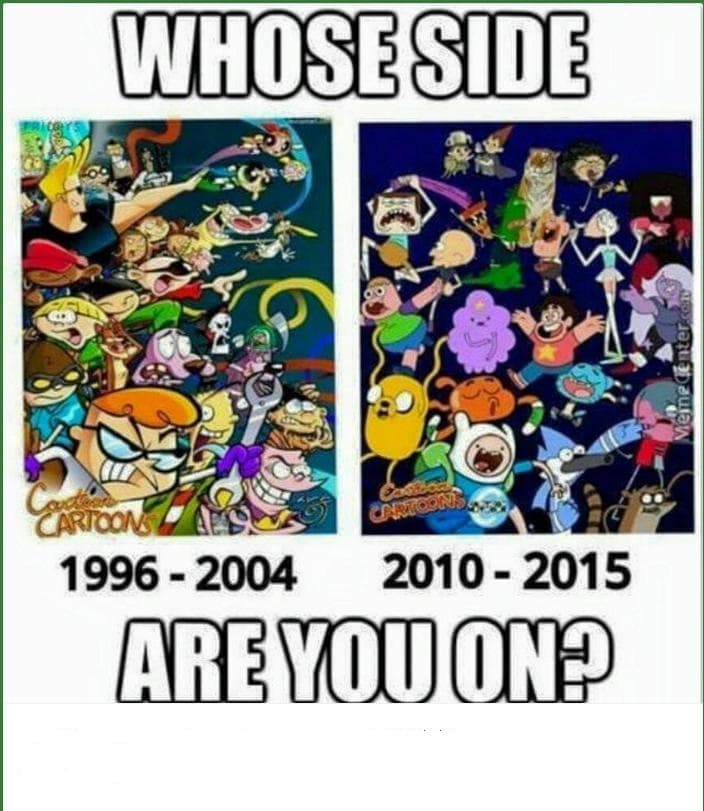There are a variety of things people think of while remembering their childhood. Some remember their favourite food stall, their favourite game, or perhaps their favourite toy. I was born at the start of a great decade – the ’90s. This decade was different for many because it was the beginning of a tradition of watching television together as a family. It also saw the launch of Cartoon Network. Never before were there specific channels for cartoons for children.
I still remember how my younger brother would never ever eat spinach. My mother would have to run all around the house to feed it to him! One day, as my brother was watching television, he saw “Popeye – The Sailor Man”, eating the same vegetable, with great joy. Believe it or not, after that, my brother would himself tell my mother to make spinach for him everyday.
As my brother and I were in our early childhood, we were trying to learn and grow together. I got a chance to observe his keen interest in cartoons and his ability to derive meaning from each show he saw. Once I was watching, his favourite “Tom and Jerry” along with him, and he asked me one of the most astonishing questions: “Why doesn’t Jerry leave the house if Tom troubles him so much?” I was confused and didn’t know how to answer this question. To my delight, my brother answered it himself, “Tom and Jerry are friends, even if one troubles the other, the other shall never leave his friend’s side.” I wasn’t expecting this kind of an answer from a five-year-old boy.
Another favourite of my brother’s was “Dexter’s Laboratory”. Once he confessed that he became left-handed because Dexter, the main character was perceived as a lefty (even though he is in fact right-handed). My brother is left-handed even today.
As for me, I learned to tell the time because I didn’t want to miss “Heidi”, which was telecast at 9 pm every night. My mother told me what angles the hands of time indicated that time, and I would wait all day for the clock to strike that position, and then turn on the TV!
Somewhere I feel that the cartoons have lost their way. Now, I see five-year-old children, watching the world’s most troublesome child, “Shinchan”, also a five-year-old child, one who never listens to either his parents or his teachers. This kid is disrespectful towards his mother. I have even seen him, commenting on how fat his mother is or how badly she cooks. Children can never learn something positive from this kind of child. The child who would be watching that show, will definitely, grow up to be sexist and someone who disrespect women, including his own mother.
Another such cartoon character I dislike is “Doraemon”, a child who is extremely demanding and spoilt. There is no Doraemon in reality, but every child has parents and for every other problem they will develop a demanding attitude forever in their life. A child can’t learn anything positive from such cartoons. They are just meant to entertain. Yet the fallout is immense. As a theorist, John Locke says, “A child’s mind is like a blank slate.” The effects of television are life-altering, and the content of cartoons is as important and can have a positive or negative effect on a child as he enters adulthood.
